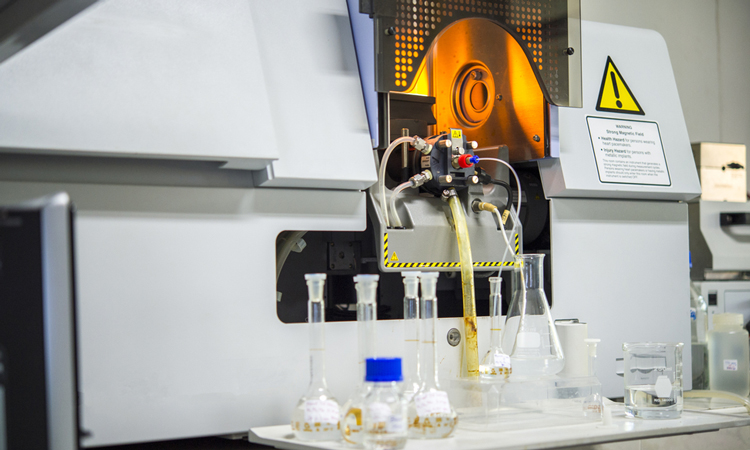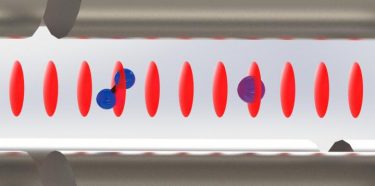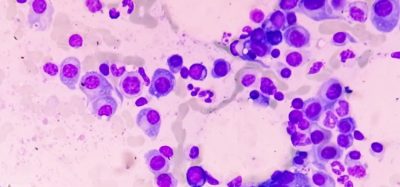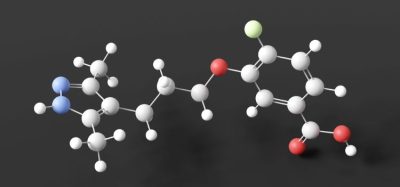New method to probe molecules could improve spectroscopy techniques
Posted: 13 March 2020 | Victoria Rees (European Pharmaceutical Review) | No comments yet
Researchers have developed a highly sensitive technique for probing molecules that they say could enable new applications in the fields of spectroscopy.


A new method has been developed that could allow individual isolated molecules to be studied precisely – without destroying the molecule or even influencing its quantum state. According to the researchers, this highly sensitive technique for probing molecules is widely applicable and paves the way for a range of new applications in the fields of spectroscopy and chemistry.
In typical spectroscopic experiments, a sample containing a large number of molecules is irradiated directly. The molecules can only absorb light at well-defined wavelengths which correspond to energy differences between two of their quantum states – this is referred to as a spectroscopic excitation.
During these experiments, the molecules are perturbed and change their quantum state. In many cases, the molecules even have to be destroyed to detect the spectroscopic excitations. The analysis of the wavelengths and the intensities of these excitations provide information on the chemical structure of the molecules and their motions such as rotations or vibrations.
Inspired by quantum methods developed for the manipulation of atoms, the research group of Professor Stefan Willitsch at the Department of Chemistry of the University of Basel, Switzerland, has developed a new technique which enables spectroscopic measurements on the level of a single molecule. The new technique does not disturb the molecule or even perturb its quantum state.
In their experiments, the molecule was placed in a radiofrequency trap and cooled down to near the absolute zero point of the temperature scale – approximately -273 °C. To enable cooling, an auxiliary atom was simultaneously trapped and localised next to the molecule. This spatial proximity is essential for the subsequent spectroscopic study of the molecule.


A charged nitrogen molecule is interrogated by a charged calcium atom in an optical lattice (credit: University of Basel, Department of Chemistry).
Subsequently, a force was generated on the molecule by focusing two laser beams on the particles to form a so-called optical lattice. The strength of this optical force increases with the proximity of the irradiated wavelength to a spectroscopic excitation in the molecule resulting in a vibration of the molecule within the trap instead of its excitation.
The strength of the vibration is related to the proximity to a spectroscopic transition and is transmitted to the neighbouring calcium atom from which it is detected with high sensitivity. In this way, the same information on the molecule can be retrieved as in a conventional spectroscopic experiment.
The scientists say this method, which is a new type of force spectroscopy, introduces several new concepts:
- it relies on single molecules instead of large ensembles
- it represents a completely non-invasive technique as detection is accomplished indirectly (via a neighbouring atom) and without a direct excitation of spectroscopic transitions. Therefore, the quantum state of the molecule is left intact, so that the measurement can be repeated continuously. As a result, the method is much more sensitive than established spectroscopic methods that rely on the direct excitation and destruction of a large number of molecules.
The results were published in Science.
Related topics
Analytical techniques, Imaging, Lab Equipment, Research & Development (R&D), Spectroscopy, Technology









